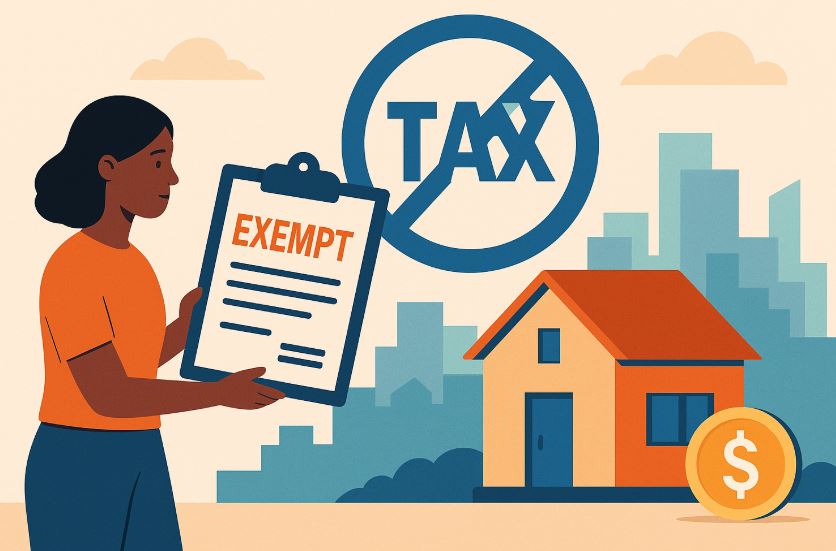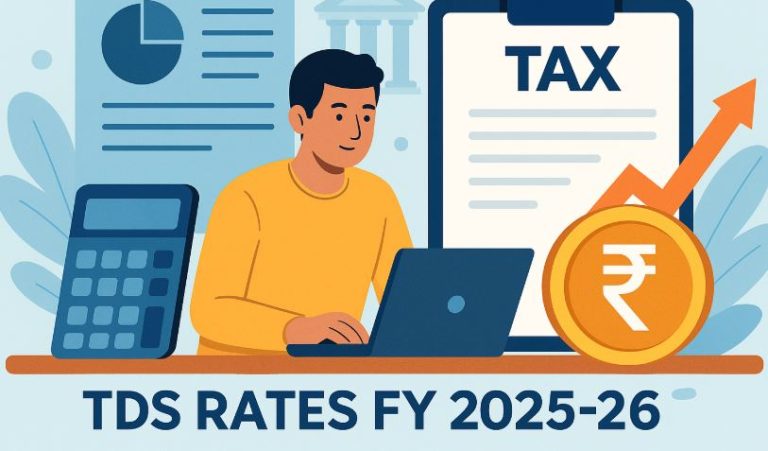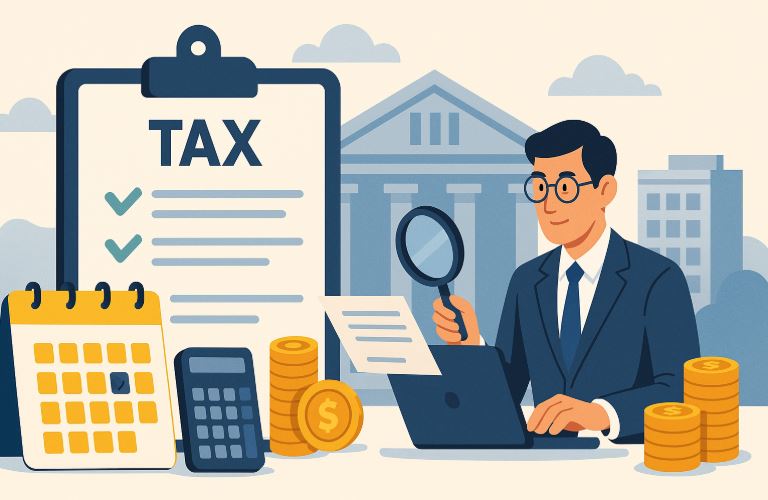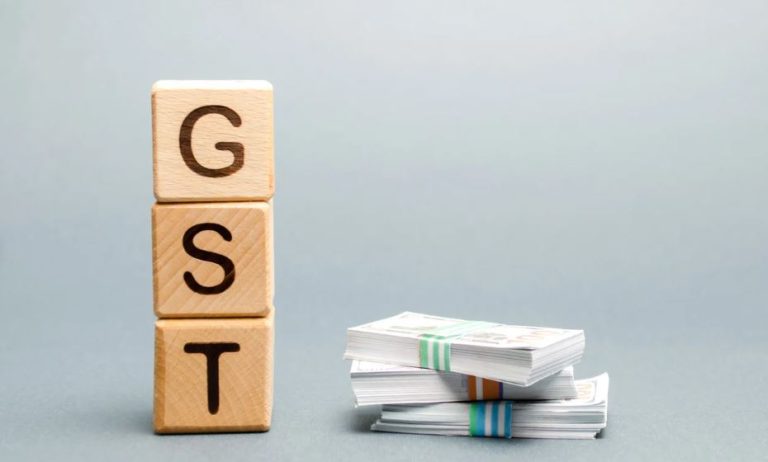Paying rent can take up a large chunk of your monthly income, but did you know that a part of your rent could help you save on taxes? House Rent Allowance (HRA) is a common component in salary structures and can offer significant tax exemptions under the old regime.
But how much of it is actually exempt from tax? In this blog, we’ll break down the rules, eligibility, calculation, and filing process for HRA in India.
What is House Rent Allowance?
House Rent Allowance (HRA) is a significant component of an employee’s salary package in India. It is offered by employers to help employees cover the cost of renting a residential property.
The HRA full form stands for House Rent Allowance, and while it is a taxable component, a portion of it can be claimed as exempt under the old tax regime, provided specific conditions are met.
For salaried individuals opting for the old tax regime, Section 10(13A) of the Income Tax Act allows them to claim exemption on HRA. However, the new tax regime does not permit this exemption, making the entire HRA amount taxable.
HRA is often included in the Cost to Company (CTC) and becomes a useful tool for employees to reduce their taxable income. This benefit is not automatic and requires employees to maintain and submit valid documents like rent receipts and a rental agreement.
Key Points to Understand
- HRA helps cover housing expenses.
- It is available as a tax exemption only under the old tax regime.
- Required documentation includes rent receipts, rental agreement, landlord details, and proof of payment.
Understanding the fundamentals of HRA is essential to optimise your tax savings legally and effectively.
Who Is Eligible to Claim House Rent Allowance Exemption?

Eligibility for HRA exemption is based on your employment status, residential status, and whether you’re opting for the old tax regime.
Salaried Individuals
If you’re a salaried individual and HRA is part of your salary structure, you are eligible to claim exemption under Section 10(13A), provided you live in rented accommodation. This includes both private sector and government employees.
Self-Employed Individuals
Self-employed professionals and freelancers cannot claim HRA exemption under Section 10(13A) as they do not receive a salary. However, they can claim a similar deduction under Section 80GG, which allows tax relief for rent paid.
To be eligible under Section 80GG:
- The individual should not receive HRA from any employer.
- They must not own any residential property in the city they reside in.
- They must live in a rented house and pay rent regularly.
So whether you’re salaried or self-employed, there’s a provision to help reduce your taxable income if you’re paying rent.
What Are the Conditions to Avail HRA Exemption?
Claiming HRA exemption is not automatic. You must meet certain conditions and provide documentation to validate your claim.
Primary Conditions
- The employee should be receiving HRA from their employer.
- They must live in rented accommodation.
- HRA should be included in their salary structure.
- The house should be used for residential purposes only.
Documentation Required
To claim HRA, it’s essential to keep the following documents ready:
- Rent Receipts: Must include landlord’s name, address, rent amount, and period.
- Rental Agreement: A formal document that outlines the terms of the tenancy.
- Form 12BB: Submitted to the employer to declare rent paid.
- Bank Statements: To show rent payment transactions.
- Salary Slip: Must reflect the HRA component.
- Landlord’s PAN: If annual rent exceeds ₹1 lakh, PAN of the landlord must be submitted.
If the landlord doesn’t have a PAN, a signed declaration is required, as per CBDT Circular No. 8/2013.
Meeting these conditions ensures that your HRA exemption claim is accepted during tax assessments or employer audits.
How Is HRA Calculated for Tax Exemption?

The amount of HRA that is exempt from tax is calculated using a specific method prescribed under Rule 2A of the Income Tax Rules. The exemption is the least of the following three amounts:
HRA Exemption Components
| Condition | Calculation |
| Actual HRA received | As specified in salary |
| Rent paid minus 10% of salary | Excess rent over 10% of salary (Basic + DA) |
| 50% or 40% of salary | 50% for metro cities, 40% for non-metros |
Example Calculation
Let’s consider Mr. Anwar, a salaried individual living in New Delhi:
- Basic Salary: ₹25,000/month
- Dearness Allowance (DA): ₹2,000/month
- Rent Paid: ₹10,000/month
- HRA Received: ₹1,00,000 annually
Total Salary for Calculation = ₹25,000 + ₹2,000 = ₹27,000/month × 12 = ₹3,24,000
Now calculate the exemption:
| Particulars | Amount |
| HRA Received | ₹1,00,000 |
| Rent Paid – 10% of Salary | ₹1,20,000 – ₹32,400 = ₹87,600 |
| 50% of Salary (for metro) | ₹1,62,000 |
Exempted HRA = ₹87,600 (the lowest of the three)
This amount will be exempt from tax. The remaining ₹12,400 will be added to Mr. Anwar’s taxable income under the old regime.
How Much House Rent Allowance Is Exempt From Tax?
The exempt portion of HRA is calculated based on several interlinked factors, and the lowest of three specified values is taken as the exempt amount.
Key Factors That Influence Exemption
- Salary Structure: Only Basic Salary and Dearness Allowance are considered.
- Rent Paid: The more rent you pay, the higher the potential exemption.
- City Type: 50% of salary for metro cities, 40% for others.
- Actual HRA Received: Cannot exceed the HRA paid by the employer.
HRA Exemption by City Type
| City Type | Applicable Percentage | Consideration |
| Metro (Delhi, Mumbai, Chennai, Kolkata) | 50% of Salary | Higher exemption possible |
| Non-Metro Cities | 40% of Salary | Lower exemption limit |
The rule ensures that those living in expensive cities like Delhi or Mumbai get a higher allowance for tax-saving purposes. Always remember that only the lowest of the three computed values is exempt from tax.
What’s the Difference Between HRA Exemption in Old vs New Tax Regime?
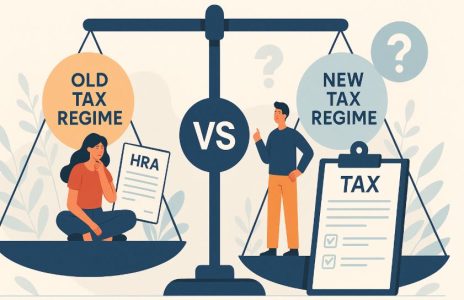
With the introduction of the new tax regime, individuals are presented with two choices. The decision to claim HRA largely depends on which regime you opt for.
Comparison Table
| Parameter | Old Regime | New Regime |
| HRA Exemption | Available under Section 10(13A) | Not available |
| Deductions (80C, 80D, etc.) | Allowed | Not allowed |
| Suitability | For those with multiple deductions | For those with fewer deductions |
| Tax Rates | Higher, but deductions apply | Lower, but no deductions |
Choosing between the two regimes should be done after careful analysis. If you pay substantial rent and have other deductions like investments or medical insurance, the old regime could help reduce your tax liability significantly.
Can Self-Employed Individuals Claim HRA Benefits?
Self-employed professionals often feel left out of employer-provided benefits like HRA. However, there is a tax provision that allows them to claim rent as a deduction.
Section 80GG – An Alternative for Self-Employed
- This section allows self-employed individuals or those not receiving HRA to claim rent paid as a deduction.
- The maximum deduction allowed is ₹5,000 per month or ₹60,000 per annum.
Conditions for Claiming under 80GG
- Individual must pay rent for a residential house.
- Should not own any residential property in the same city.
- Must file Form 10BA declaring they meet the criteria.
While the amount is lower than what’s available under Section 10(13A), it still offers relief to taxpayers who work independently.
What Documents Are Required to Claim HRA?
Accurate documentation is crucial for claiming HRA. These documents serve as proof in case of employer or Income Tax Department verification.
List of Essential Documents
- Rent Receipts: Clearly mention rent amount, duration, and landlord details.
- Rental Agreement: Preferred for clarity and record-keeping.
- PAN of Landlord: Compulsory if rent exceeds ₹1,00,000/year.
- Form 12BB: Declare rent paid to your employer.
- Bank Statements: As proof of rent transfer.
- Salary Slips: Indicating HRA component.
In the absence of the landlord’s PAN, a signed declaration must be submitted, as per Circular No. 8/2013. These documents help strengthen your case and ensure that your HRA exemption is not denied due to incomplete paperwork.
How to File and Claim HRA Under Section 10(13A)?

The process of claiming HRA is simple if approached systematically. Employees should coordinate with their HR department and also ensure proper reporting during ITR filing.
Step-by-Step Process
- Check Salary Slip: Confirm HRA is included in your pay structure.
- Submit Documents: Provide rent receipts, PAN of landlord, and Form 12BB to your employer.
- Review Form 16: Check if HRA exemption has been included correctly.
- File ITR: Mention exempt income in the relevant section under old regime.
Claiming HRA is a smart way to reduce tax burden, but only if you meet all required conditions and follow the process carefully.
Is There a Tool to Calculate My HRA Exemption Easily?
Yes, online HRA calculators are widely available and can simplify the exemption estimation process. These tools use the prescribed formula to calculate how much of your HRA is taxable and how much is exempt.
What You’ll Need to Use HRA Calculator?
- Basic salary
- Dearness allowance (if applicable)
- HRA received from employer
- Rent paid
- City of residence
Inputting these values will immediately display the exemption amount and help you understand how much of your HRA is taxable under the Income Tax Act.
Conclusion
House Rent Allowance continues to be a beneficial salary component for individuals living in rented accommodations. Understanding the rules under Section 10(13A) and the difference between old and new regimes is crucial for maximising tax savings.
Only those who opt for the old tax regime are eligible to claim HRA exemptions. This makes it essential for taxpayers to evaluate both regimes before filing their returns each financial year.
Whether you’re salaried or self-employed, HRA and its alternatives offer genuine ways to reduce your taxable income, provided all conditions and documentation are met.
FAQs
Is HRA exemption available in the new tax regime?
No, the new tax regime does not allow exemption on HRA. The entire amount becomes taxable.
Can a person without a rental agreement claim HRA?
Yes, but it is recommended to have a rental agreement, especially if your rent is above ₹1 lakh annually to avoid scrutiny.
What happens if I don’t submit rent receipts to my employer?
In such cases, your employer will not consider HRA exemption, and more tax may be deducted from your salary.
Can HRA be claimed for rent paid to parents?
Yes, as long as there is a rental agreement and actual rent is paid to your parents regularly.
Is PAN of landlord mandatory for HRA exemption?
Yes, if the rent paid exceeds ₹1,00,000 per year. If not provided, a declaration from the landlord is required.
Can both husband and wife claim HRA?
Yes, if both are salaried, living in a rented home, and have proof of separate rent payments or agreements.
What if I switch cities during the year?
HRA exemption should be calculated separately for the duration spent in each city, considering metro and non-metro rules.

